
Google Maps is no longer just a tool for directions—it’s a vital discovery platform for local businesses. Whether someone is looking for a nearby coffee shop, a top-rated plumber, or a trusted lawyer, chances are they’ll start their search on Google Maps. For businesses, ranking high on Google Maps with quality traffic can mean the difference between a thriving storefront and one that’s barely surviving.
In this comprehensive guide, we’ll explore what it takes to rank in Google Maps and, more importantly, how to attract high-quality, converting traffic. While the fundamentals apply globally, we’ll also touch on insights relevant to specific regions, including Singapore—a city known for its competitive local search landscape.
Why Ranking in Google Maps Matters
Local search has evolved. Today:
- 46% of all Google searches are looking for local information.
- 88% of consumers who do a local search on their smartphone visit or call a store within a day.
- 76% of local mobile searches result in a store visit within 24 hours.
If your business isn’t ranking in the Google Maps “Local Pack” (the top 3 listings shown directly on the search results page), you’re missing out on valuable traffic and leads.
What is Quality Traffic in Google Maps?
Before diving into how to rank, it’s essential to define quality traffic. In the context of Google Maps, quality traffic means:
- Users with high intent: They’re actively searching for a solution you provide.
- Local proximity: They’re located near your business or within your service area.
- Higher conversion potential: They’re more likely to visit, call, or purchase.
It’s not just about getting more visitors—it’s about getting the right ones.
Core Ranking Factors for Google Maps
Google uses a mix of three primary factors to determine how businesses rank in Maps:
1. Relevance
How well does your business match the searcher's query?
- Complete and detailed business profiles help Google understand what you offer.
2. Distance
How far is the user from your business?
- You can’t control where users are, but you can target areas through content and geo-tags.
3. Prominence
How well-known or popular is your business?
- This includes reviews, backlinks, citations, and web authority.
Step-by-Step Strategy to Rank in Google Maps (With Quality Traffic)
Step 1: Optimize Your Google Business Profile (GBP)
Your Google Business Profile (formerly Google My Business) is the foundation of your Maps presence.
✔️ Claim and Verify Your Listing
- Go to Google Business and claim your listing.
- Verify ownership through postcard, phone, or email.
✔️ Fill Out Every Field
Include:
- Business name (use your real-world name, no keyword stuffing)
- Address (NAP: Name, Address, Phone)
- Hours of operation
- Website URL
- Business category (primary and secondary)
- Description (use keywords naturally)
✔️ Add High-Quality Photos
- Upload interior, exterior, team, and product photos.
- Geotag images with location metadata using tools like GeoImgr.
✔️ Enable Messaging
Allow potential customers to message you directly via your GBP.
Step 2: Focus on Local SEO for Your Website
Your website must reinforce your local presence and align with your GBP.
✔️ Embed Google Map on Contact Page
- Embedding your exact location helps validate your business.
✔️ Use Local Keywords
- Example: “plumber in Singapore,” “Italian restaurant near Orchard Road.”
- Use them in title tags, meta descriptions, H1s, and content.
✔️ Create Location Pages
If you have multiple branches, create a dedicated page for each.
✔️ Ensure Mobile Responsiveness
Most local searches happen on mobile. Your site must load fast and function smoothly.
✔️ Build Local Schema Markup
Use LocalBusiness schema to give search engines structured information.
Step 3: Collect and Manage Google Reviews
Reviews are one of the most powerful ranking signals in Google Maps.
✔️ Ask Every Customer for a Review
- Train staff to request reviews politely.
- Use QR codes on receipts or thank-you cards.
✔️ Respond to All Reviews
- Thank positive reviewers.
- Address negative ones professionally.
✔️ Use Keywords in Responses
When responding, naturally include keywords. E.g., “Thanks for visiting our bakery in Singapore!”
Step 4: Build High-Quality Citations
A citation is a mention of your business name, address, and phone number (NAP) on other websites.
✔️ Consistency is Key
- Make sure your NAP is identical across all directories.
✔️ List on Top Directories
- Yelp
- Yellow Pages
- Foursquare
- Hotfrog (popular in Singapore)
- Singapore’s own SgLocalBusiness.com
✔️ Industry-Specific Listings
E.g., if you’re a salon, get listed on StyleSeat or BeautyUndercover.
Step 5: Create Localized Content for Targeted Areas
✔️ Write Blog Posts About Your Area
- “Top 5 Family Attractions in Singapore Near Our Daycare”
- “Best Lunch Spots in Tanjong Pagar (As Voted By Our Staff!)”
✔️ Local Landing Pages
Each should have unique content—not just copy-paste with a different city name.
✔️ Local Link Building
Get backlinks from:
- Local bloggers
- Chambers of commerce
- Local event sponsorships
Step 6: Use Behavioral Signals to Improve Engagement
Google rewards businesses with high engagement.
✔️ Optimize for Click-Through Rate (CTR)
- Use enticing meta descriptions and titles.
- Add special offers like “Free Consultation” or “20% Off Today Only.”
✔️ Encourage Check-ins
- Ask happy customers to check-in on Maps or tag your location on social media.
✔️ Use Q&A Section
Answer common questions directly in your Google Business Profile.
Step 7: Leverage Google Posts
Google allows businesses to post updates directly to their Maps listing.
✔️ Post Regularly
- Promotions
- Event announcements
- Product launches
✔️ Use Keywords and CTAs
- “Come try our new lunch set in Singapore’s Central Business District!”
✔️ Include Images and Links
Make posts visually appealing and action-oriented.
Step 8: Monitor Insights and Adjust Accordingly
✔️ Use Google Business Insights
Track:
- How users found you (direct vs. discovery)
- What actions they took (calls, visits)
- Where they’re located
✔️ Use UTM Parameters
Tag your links to monitor which channels drive traffic to your GBP.
Example:https://yourwebsite.com/?utm_source=google&utm_medium=maps&utm_campaign=local
✔️ A/B Test Titles and Descriptions
Experiment with different wording and monitor performance.
Common Mistakes to Avoid
- ❌ Keyword stuffing your business name
- ❌ Using a virtual office as your location
- ❌ Ignoring negative reviews
- ❌ Inconsistent NAP across platforms
- ❌ Duplicate listings
Case Study: A Restaurant in Singapore
Let’s consider a local Italian restaurant in Singapore.
Actions Taken:
- Optimized GBP with real photos and updated hours
- Collected 250+ Google reviews in 6 months
- Listed on HungryGoWhere, Chope, and Google Maps
- Created blog content like “Best Date Night Spots in Singapore”
- Built backlinks from local food bloggers
Results:
- Moved from position #12 to #2 in the Maps Pack for “Italian restaurant Singapore”
- Increased walk-ins by 32%
- Reservations via GBP up by 48%
This proves that consistent effort in Maps optimization can deliver both rankings and quality conversions.
Tools to Help You Rank in Google Maps
| Tool | Purpose |
|---|---|
| BrightLocal | Local SEO audits and citation tracking |
| Whitespark | Citation finder and reputation management |
| GeoImgr | Geotagging images for local SEO |
| GMB Everywhere | Chrome extension to analyze GBP listings |
| Surfer Local | Local SERP analysis |
| ChatGPT | (That’s me!) For content, responses, review templates |
Final Thoughts
Ranking in Google Maps is not a one-time setup—it’s a continual process of optimization, engagement, and credibility building. It’s about being the best answer to a local searcher’s intent and offering real value that’s discoverable both digitally and physically.
Whether you're a spa in Singapore, a mechanic in New York, or a café in Melbourne, the same principles apply: build trust, optimize for relevance, and provide a great local experience.
By following the strategies laid out in this guide, you’ll not only improve your visibility but also attract the kind of quality traffic that grows your business sustainably.
Quick Action Checklist
✅ Claim & optimize your Google Business Profile
✅ Get regular customer reviews and respond to them
✅ Build consistent citations across local directories
✅ Create and share localized, valuable content
✅ Monitor performance using Google Insights
✅ Encourage user engagement through check-ins and posts
✅ Stay compliant with Google’s guidelines
We are the best Singapore marketing agency on the net.
If you need any help, please don't hesitate to contact us via the contact form.






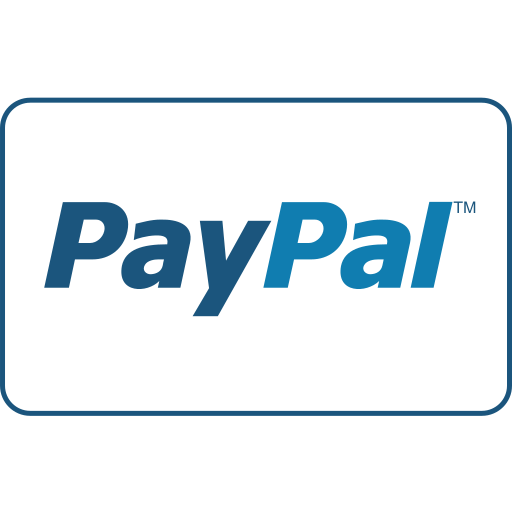
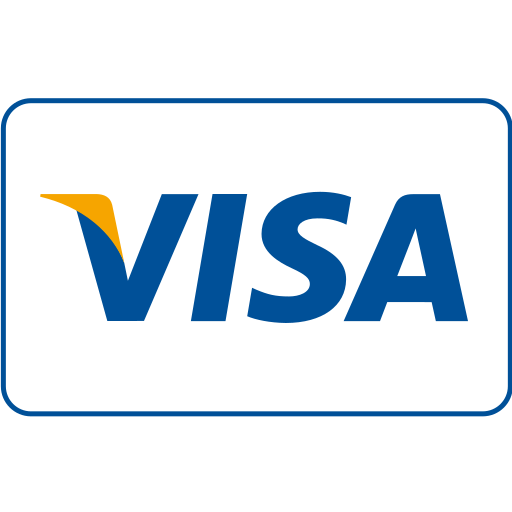
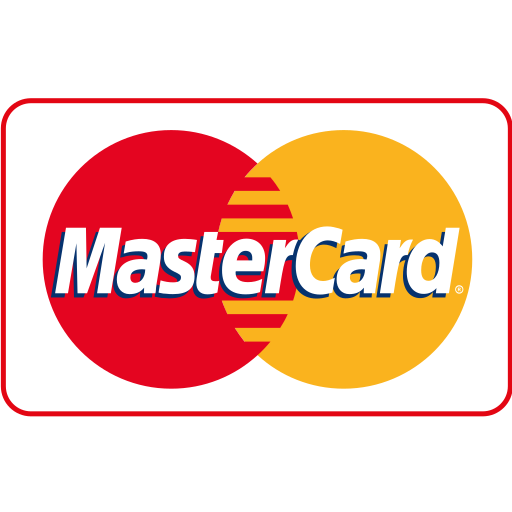
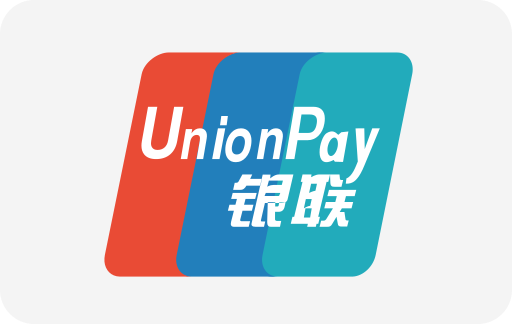
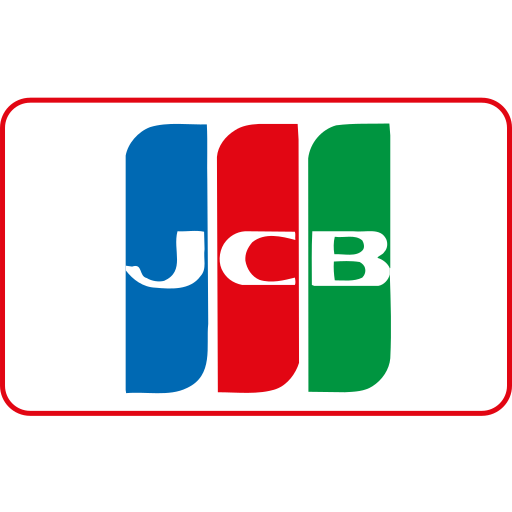



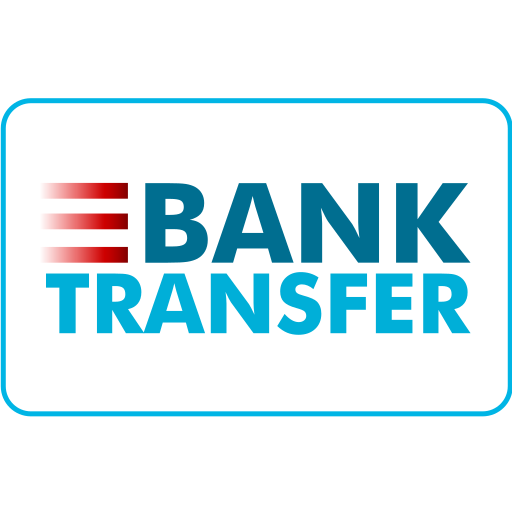
WebSeoSG offers the highest quality website traffic services in Singapore. We provide a variety of traffic services for our clients, including website traffic, desktop traffic, mobile traffic, Google traffic, search traffic, eCommerce traffic, YouTube traffic, and TikTok traffic. Our website boasts a 100% customer satisfaction rate, so you can confidently purchase large amounts of SEO traffic online. For just 40 SGD per month, you can immediately increase website traffic, improve SEO performance, and boost sales!
Having trouble choosing a traffic package? Contact us, and our staff will assist you.
Free consultation